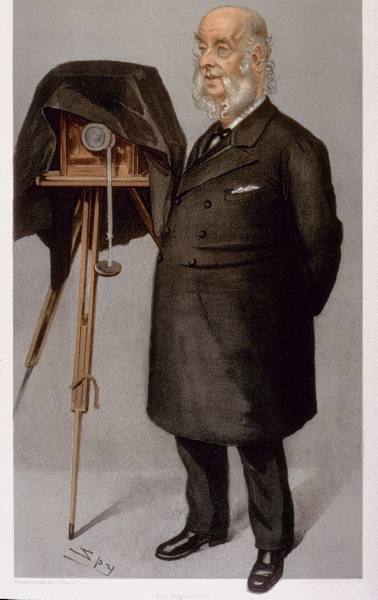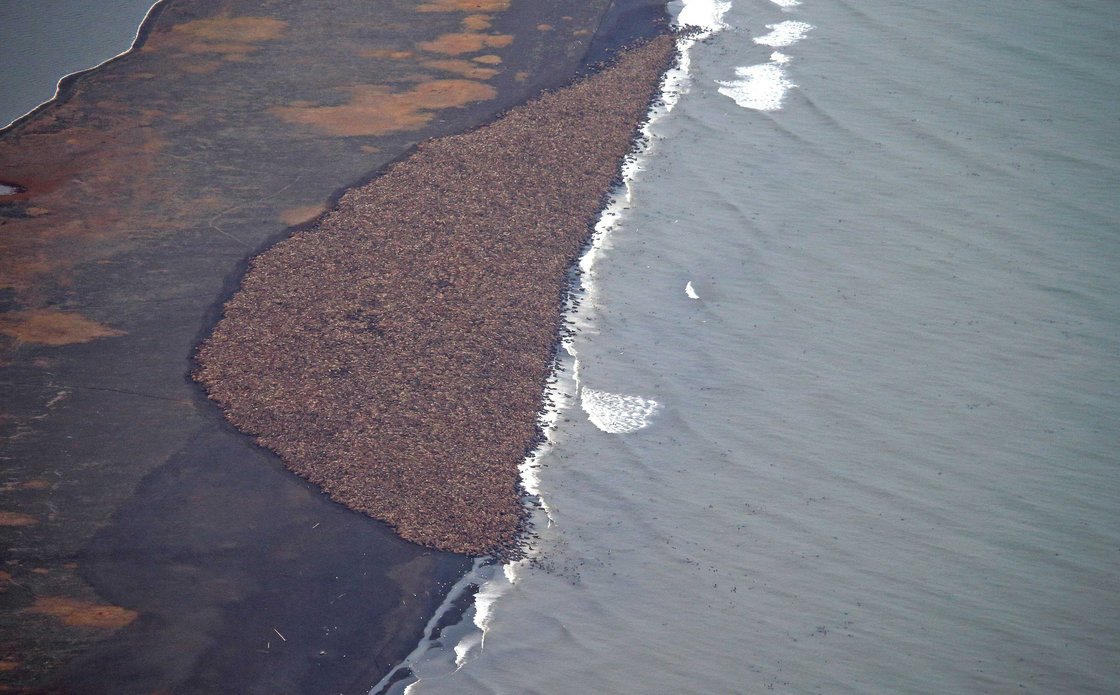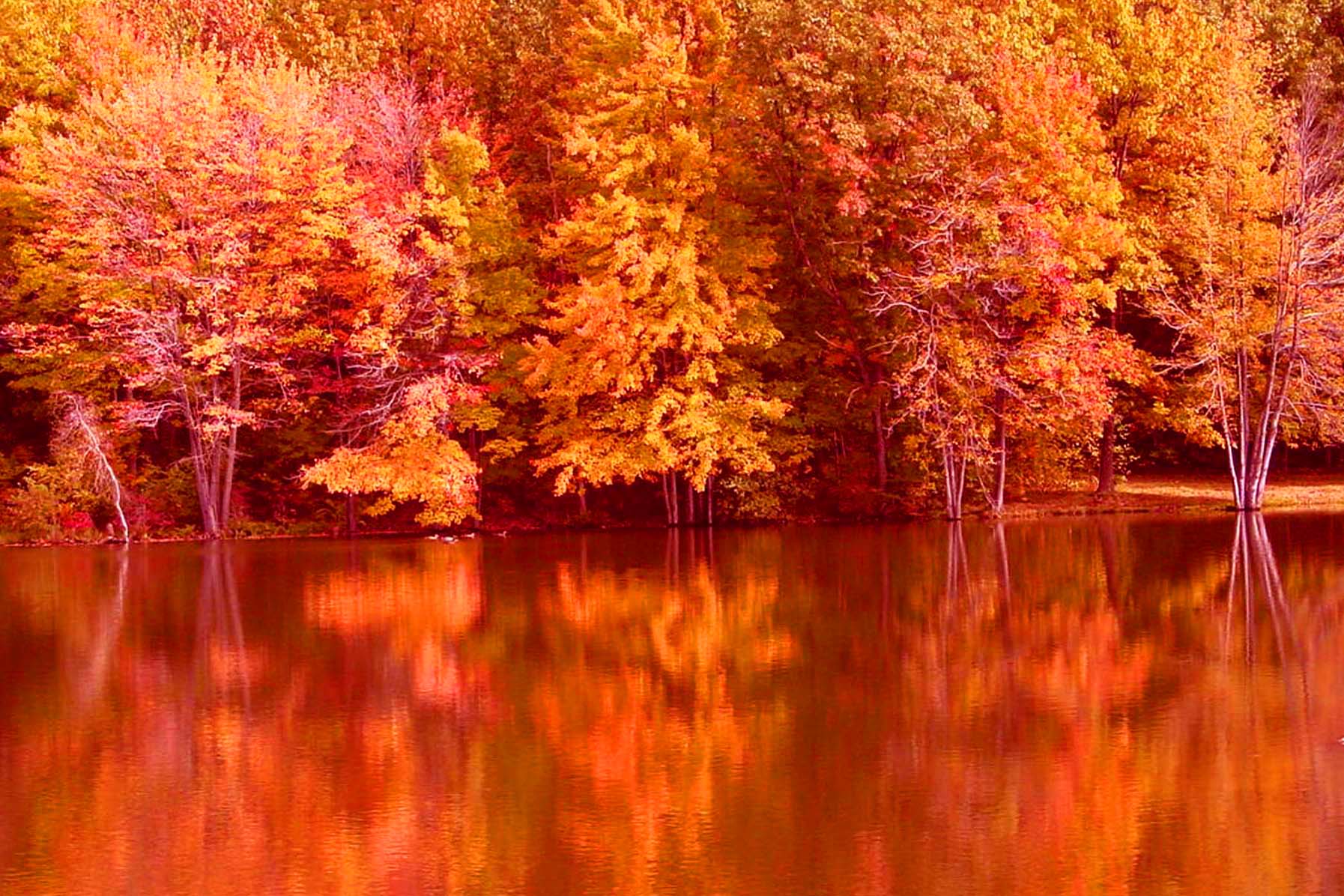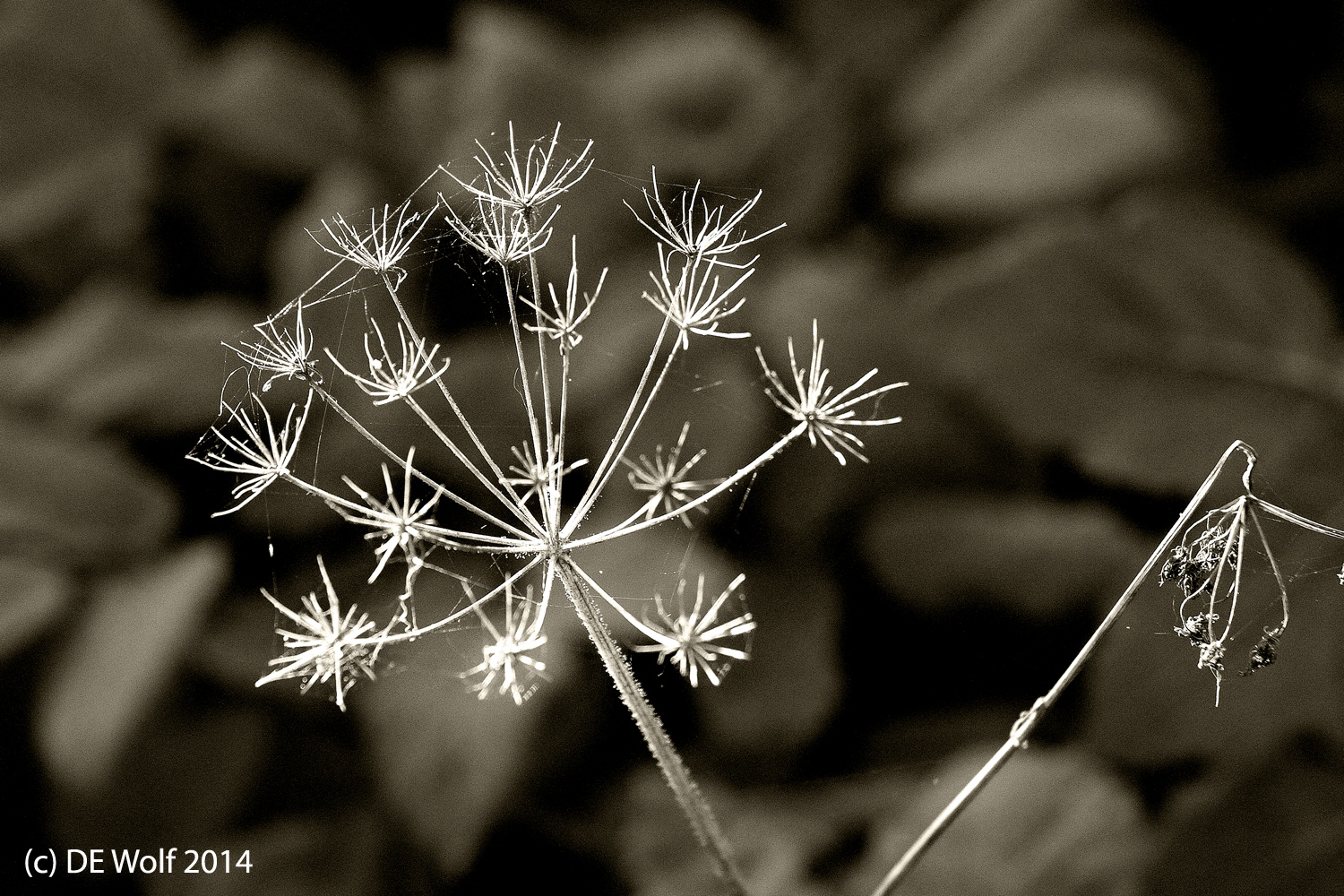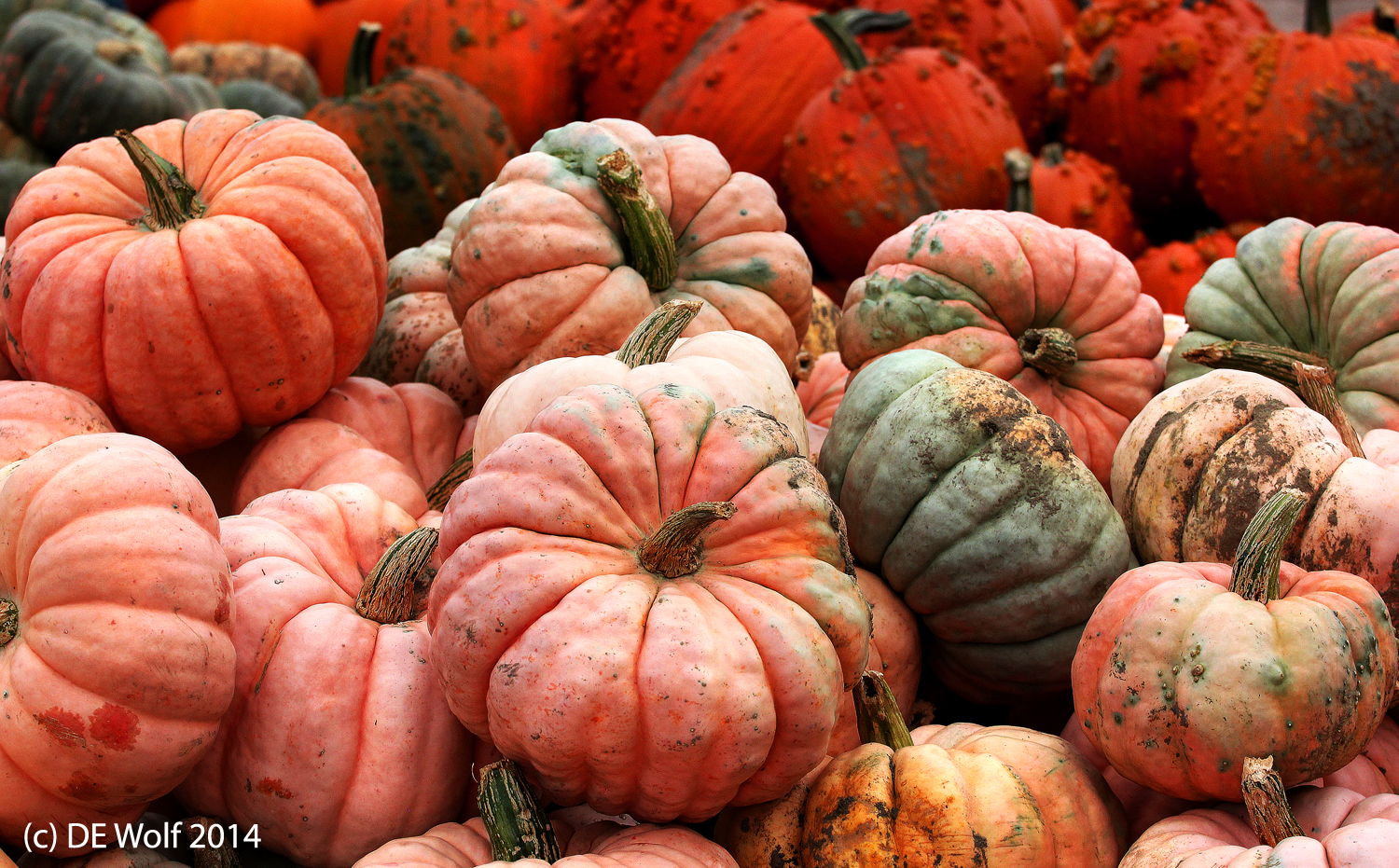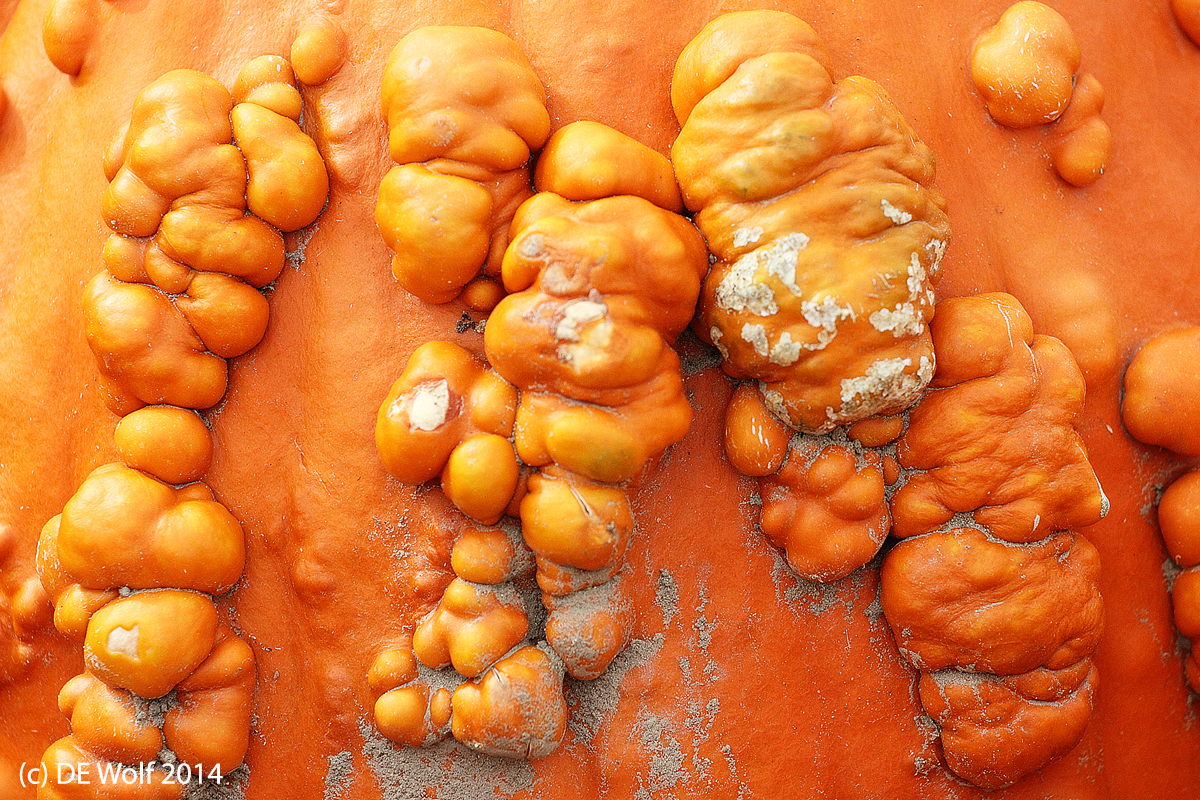Lovers of the work of Vivian Maier will morn the loss last week of English Street photographer Shirley Baker. Happily Ms. Baker saw to the preservation of her own work. It didn’t need to be discovered in a trunk at auction. Rather Ms. Baker, one of the leading British photographers of the past century donated her work to the Mary Evans Picture Library.
A significant.body of this work is a collection documenting Salford and Manchester. These images mostly from 1960 to 1973 a time of economic and social metamorphosis for the working class people of Manchester and Salford. And as such the work becomes an important historic documentation.
Ms. Baker had a keen sense of the lyrical in her images, juxtaposing, for instance, an elderly woman staring wistfully immutable on one side of a bench with two children in motion rough-housing on the other side. This simple image becomes a Shakespearian allegory of the “seven ages of life.” Then there is a wonderful image of a woman sitting oblivious to the huge great dane seated beside her. And then a dog sitting in a train station stall with its legs crossed next to a woman with her legs crossed.
It is such a pleasure to study these wonderful images and to let them transport us back in time and place. It is one of those cases when even if you do not recognize the photographer, you recognize the photograph. And you recognize the love and respect for subject that you find in them. Study is the operational word here, because there is so much to learn about seeing and photographic composition in Shirley Baker’s life’s work.

